Sinus tachycardia is the term used to describe a faster-than-normal heartbeat a rate of more than 100 beats per minute versus the typical normal of 60 to 70 beats per minute. However an unusually high resting heart rate or low maximum heart rate may signify an increased risk of heart attack and death.
 Heart Rate Variability Wikipedia
Heart Rate Variability Wikipedia
Genes play a role.
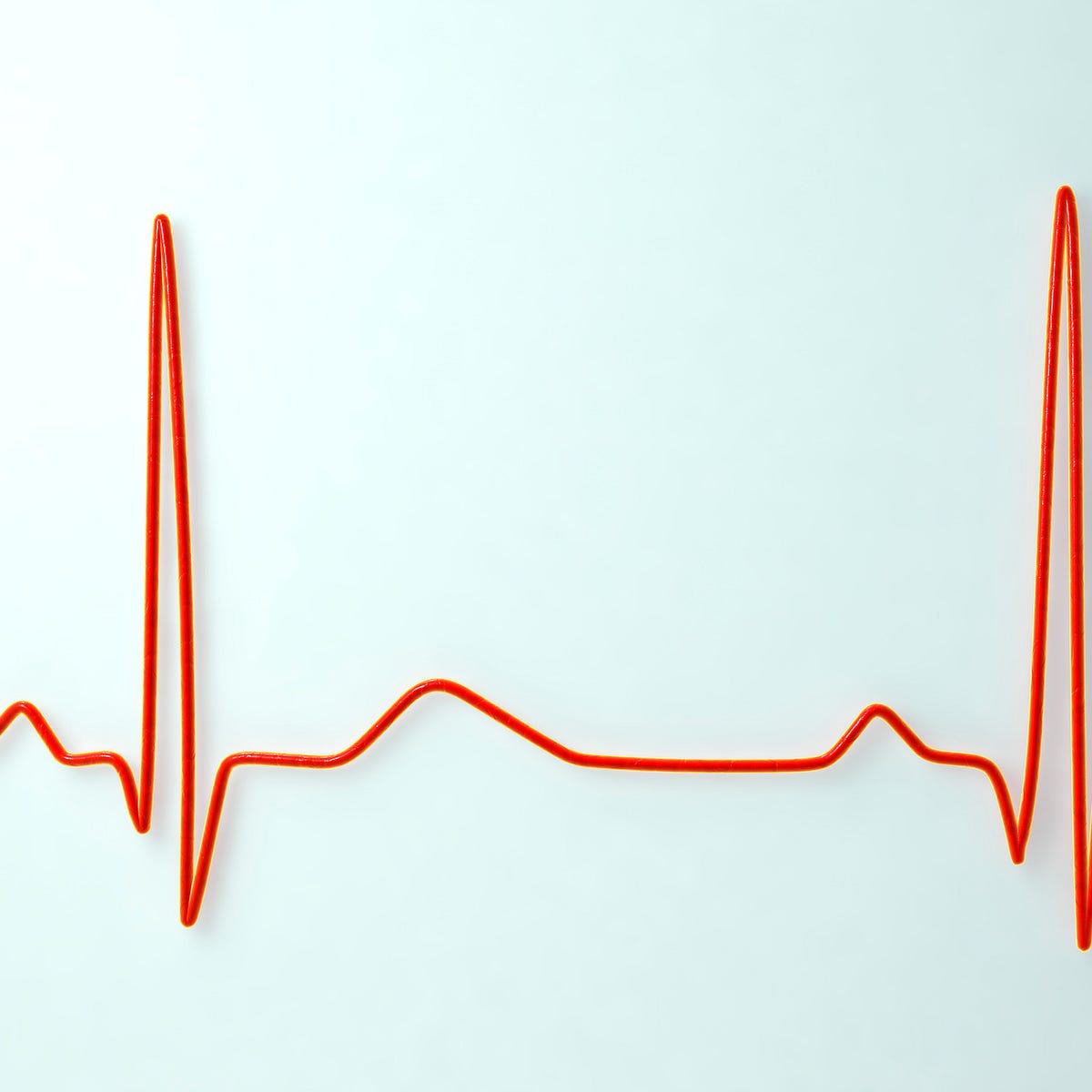
Heart rate higher than normal. Childrens heart rates are normally faster than those of adults. For a well-trained athlete their resting heart rate will usually be around 40 beats per minute. Causes of sinus tachycardia.
According to Cleveland Clinic the normal resting heart rate for a child aged six to. Regular relaxation activities may help you combat your stress and which could lead to. Above 90 is considered high.
Your body will already be tired so your heart rate will actually be higher at slower running paces. For some athletes normal resting heart rate might be even lower than 60. A normal resting heart rate for adults is between 60 beats per minute bpm and 100 bpm.
WebMD lists increased heart rate as a warning sign of dehydration. In this condition the hearts natural pacemaker the sinoatrial SA node sends out electrical signals faster than usual. Normally when you have been lying down and then stand up there is a small drop in blood pressure for a few seconds.
Generally sleeping heart rates should hover around the low end of normal even for people who arent physically fit. A heart rate above this range especially if it exceeds your maximum heart rate may not support your fitness goals. Many factors influence your resting heart rate.
A heart rate above the upper limit of normal may be a sign of an underlying heart condition. 8 Zeilen The RHR in most people also increases with body weight and obese people have a significantly. If fight-or-flight mode becomes your norm the associated increase in your resting heart rate can produce a higher risk of heart attacks strokes and much more.
What is a normal heart rate varies from person to person. For example if you are able to work into the 3-5a plus zones with a responding heart rate but you experience a higher than normal perceived exertion or experience more leg fatigue than usual then you are beginning to push the limits. For a well-trained athlete their RHR will usually be below this around 40 beats per minute.
According to your heart rate you might be within your lactic threshold range at a 6-minute mile pace if youre tired from running too fast the previous day. The usual range for resting heart rate is anywhere between 60 and 90 beats per minute. According to WebMD the increase in RHR also indicates the degree of dehydration.
Exercise is a common cause of rapid heart rate. A normal resting heart rate ranges from 60 to 100 beats per minute according. The heart rate speeds up and blood pressure goes back to normal.
What is a normal resting heart rate. For adults a normal RHR ranges from 60 to 100 beats per minute although most people who are relaxed and healthy should be below 90. Rapid heart rate is inefficient for the body because it does not pump the blood properly.
A low resting heart rate means that a powerful heart with fewer beats can carry just as much oxygen as an untrained heart with significantly more beats. Sinus tachycardia is a normal increase in the heart rate. The heart rate is faster than normal but the heart beats properly.
Generally for adults a heart rate of more than 100 beats per minute tachycardia is considered as high. For an adult a normal resting heart rate is anything between 60 and 100 beats per minute. It could also be a clue to other problems in the body such as an infection or a metabolic condition.
The resting heart rate of top athletes can sink to 35 beats for people in general it normally lies between 50 and 70 beats and is lower for athletes than non-athletes and smokers. As a rule your resting heart rate should be somewhere between 60 to 100 while youre performing normal non-exercise-related activities Ruwanthi Titano MD an assistant professor of cardiology. Its a fairly easy to do and having the information can help down the road.
One simple thing people can do is to check their resting heart rate. Its a good idea to take your pulse occasionally to get a sense of whats normal. The American Heart Association recommends exercising at an intensity that causes your heart to beat at a range of 50 to 85 percent of your maximum heart rate.
Try adding relaxation into your dayread meditate go for a walk with friends or do a guided breathing session on your Fitbit Charge 2 or Fitbit Blaze. This is because a lower RHR is. It could also be a clue to other problems in the body such as an infection or a metabolic condition.
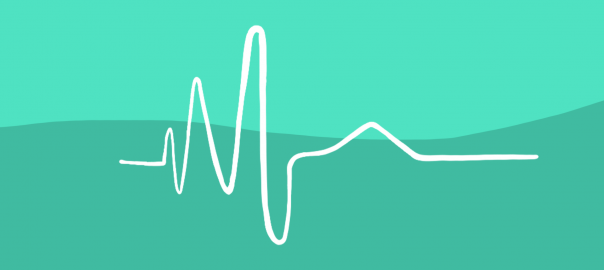 What S A Normal Heart Rate Learn What Your Bpm Means For Your Health
What S A Normal Heart Rate Learn What Your Bpm Means For Your Health
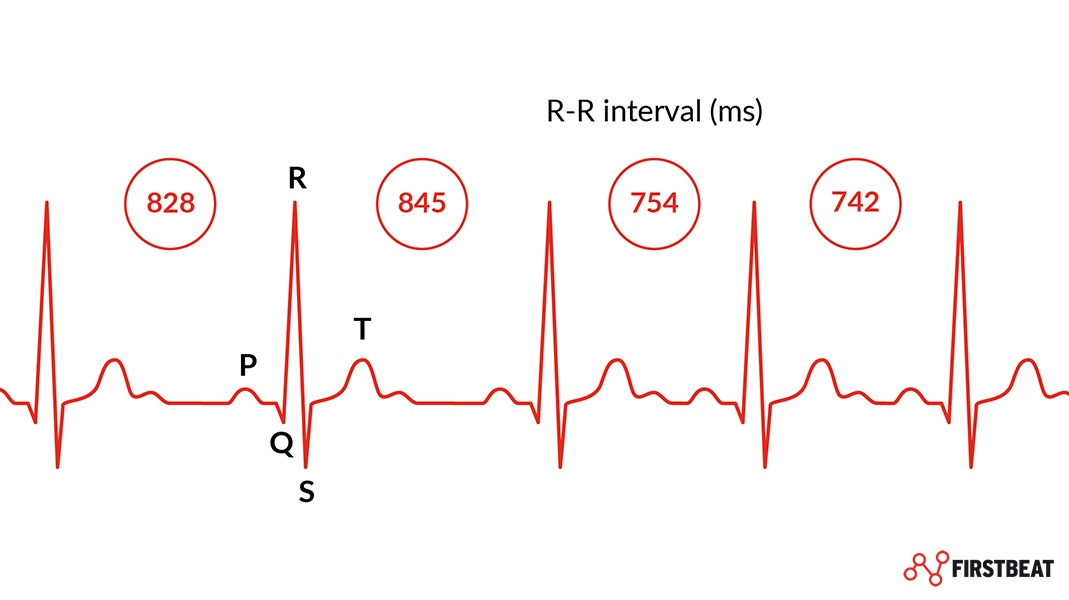 What Is Heart Rate Variability Hrv Why Does It Matter Firstbeat Blog
What Is Heart Rate Variability Hrv Why Does It Matter Firstbeat Blog
 Suunto 3 Suunto 3 Fitness Features Instant Hr
Suunto 3 Suunto 3 Fitness Features Instant Hr
 5 Explanations For An Elevated Pulse Pm Pediatrics Urgent Care
5 Explanations For An Elevated Pulse Pm Pediatrics Urgent Care
 Your Heart Beat Will Tell When To Go To The Hospital Premier Hospital
Your Heart Beat Will Tell When To Go To The Hospital Premier Hospital
 What Is Hrv Healthy Heart Rate Variability How To Track It
What Is Hrv Healthy Heart Rate Variability How To Track It
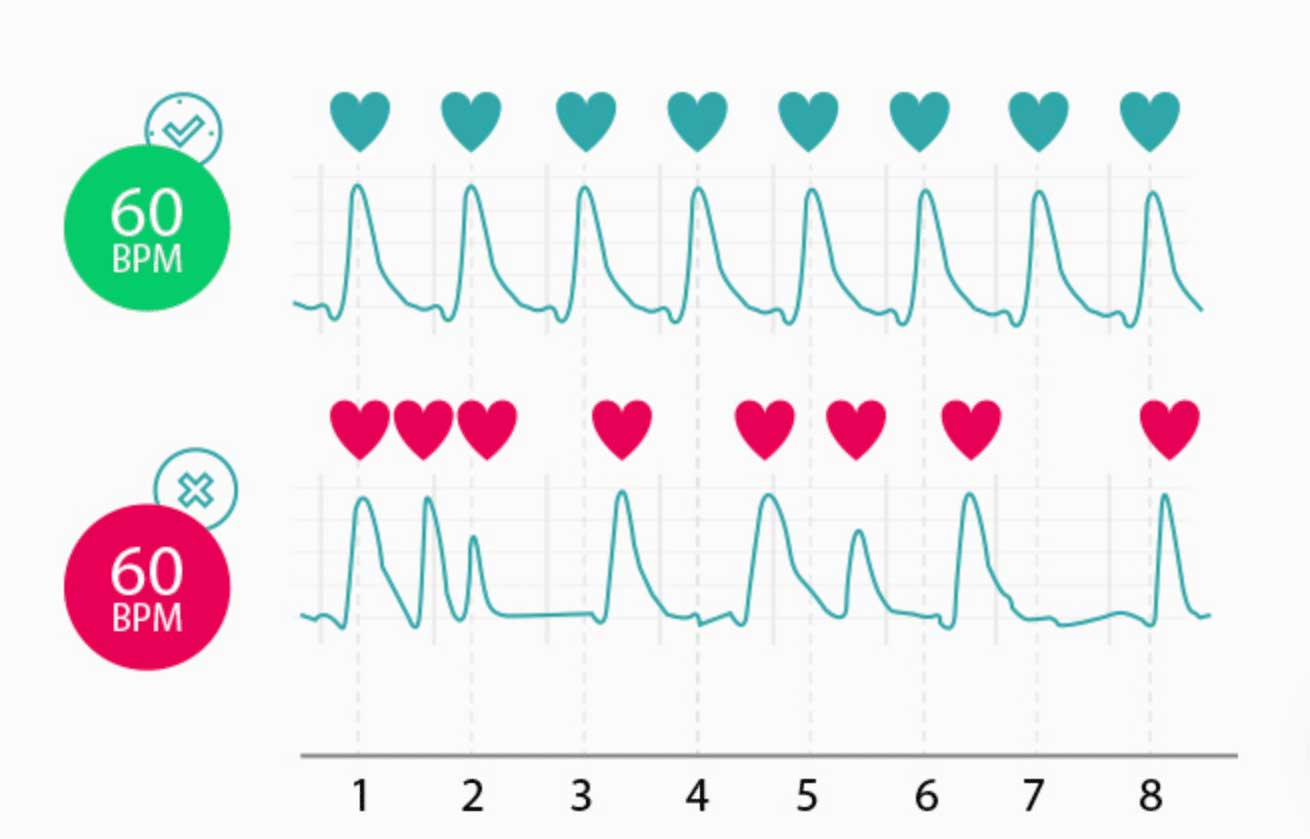 Heart Rate Versus Heart Rhythm Fibricheck
Heart Rate Versus Heart Rhythm Fibricheck
 What Is A Normal Resting Heart Rate Elemental
What Is A Normal Resting Heart Rate Elemental
 What Is Heart Rate Variability Hrv Why Does It Matter Firstbeat Blog
What Is Heart Rate Variability Hrv Why Does It Matter Firstbeat Blog
 Increase In Resting Heart Rate Is A Signal Worth Watching Harvard Health Blog Harvard Health Publishing
Increase In Resting Heart Rate Is A Signal Worth Watching Harvard Health Blog Harvard Health Publishing
Why You Should Know Your Resting Heart Rate Fitbit Health Solutions
 Resting Heart Rate What S Normal How To Improve It Whoop
Resting Heart Rate What S Normal How To Improve It Whoop
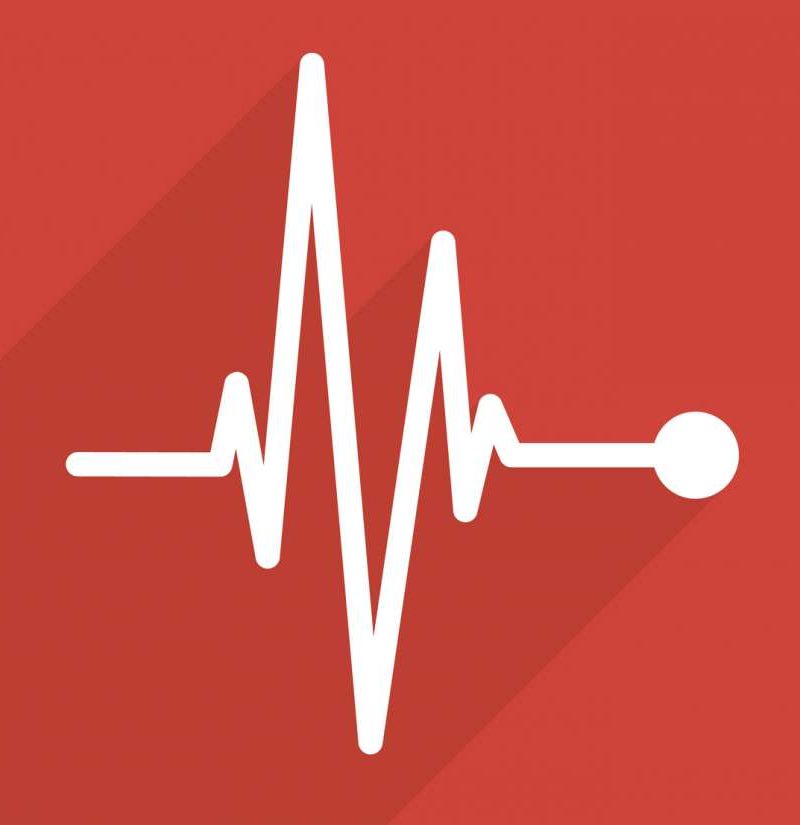 Heart Rate What Is A Normal Heart Rate
Heart Rate What Is A Normal Heart Rate
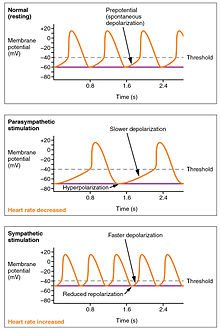

Keine Kommentare:
Kommentar veröffentlichen
Hinweis: Nur ein Mitglied dieses Blogs kann Kommentare posten.